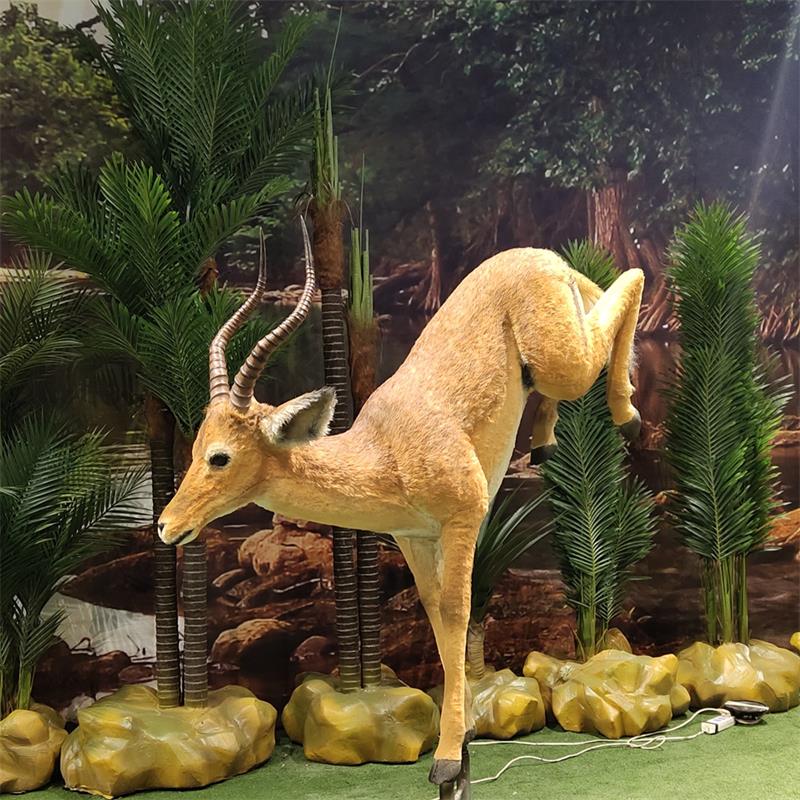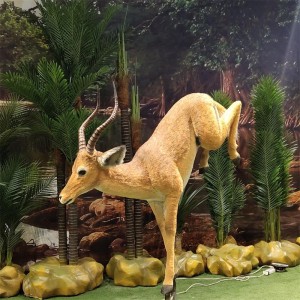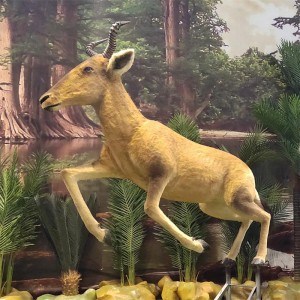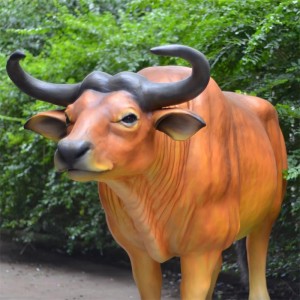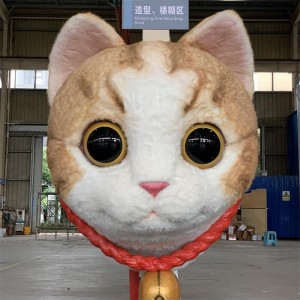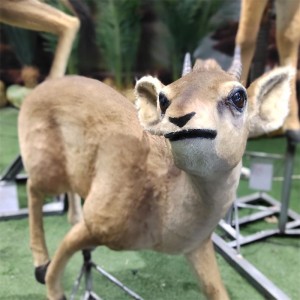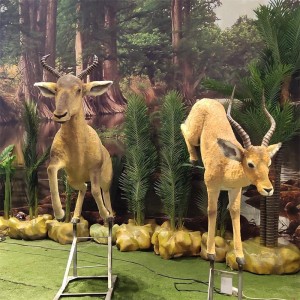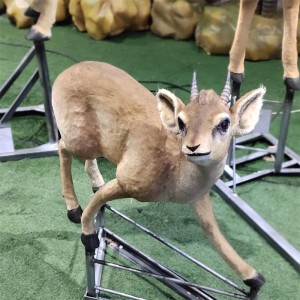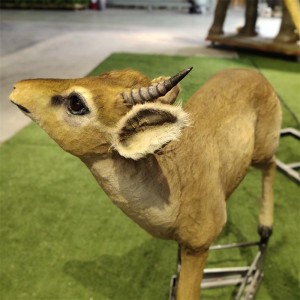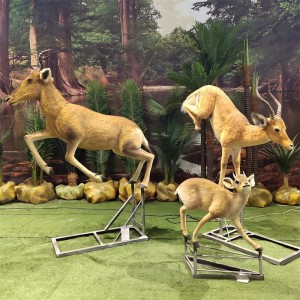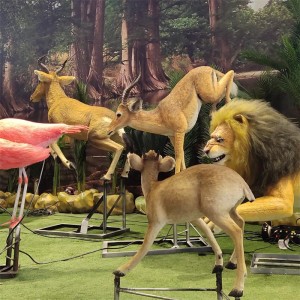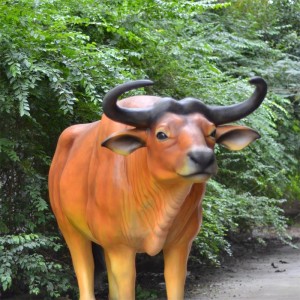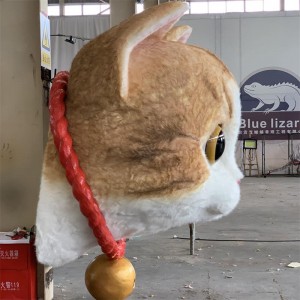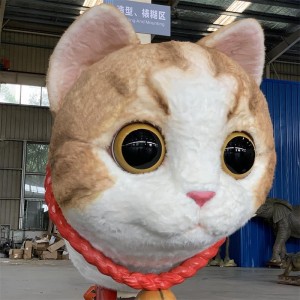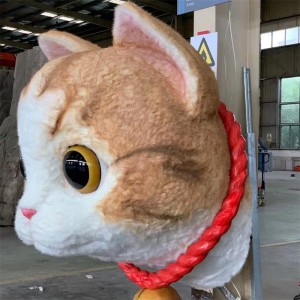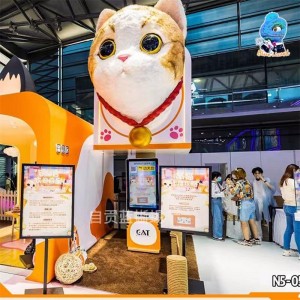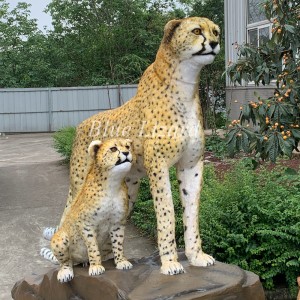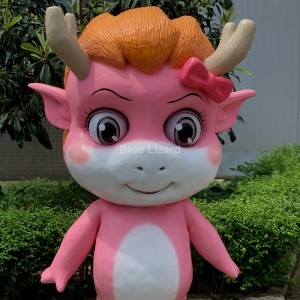Animal model making Mascot model making and export service
PRODUCT DESCRIPTION
Sound: Corresponding animal sound or custom other sounds.
Movements:
1. Mouth open and close sychronized with sound;
2. Head moves left to right;
3. Neck moves up to down;
4. Stomach breathing;
5. Tail sway;
6. More movements can be customized.(The movements can be customized according to the animal types, size and customers' requirement.)
Control Mode: Infrared Self-acting Or Manual operation
Certificate: CE, SGS
Usage: Attraction and promotion. (amusement park, theme park, museum, playground, city plaza, shopping mall and other indoor/outdoor venues.)
Power: 110/220V, AC, 200-2000W.
Plug: Euro plug, British Standard/SAA/C-UL. (depends on standard of your country).
PRODUCT OVERVIEW
Write your message here and send it to us
